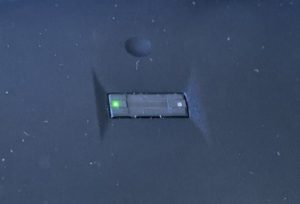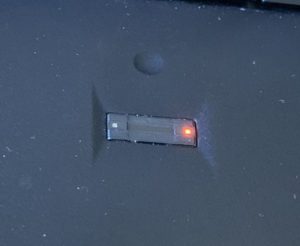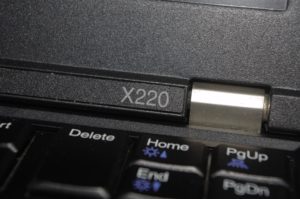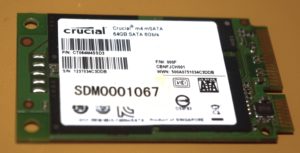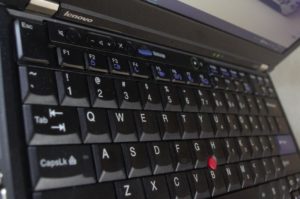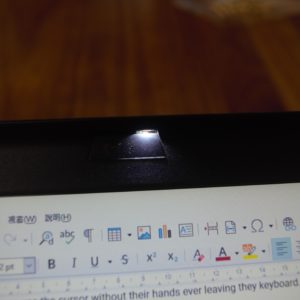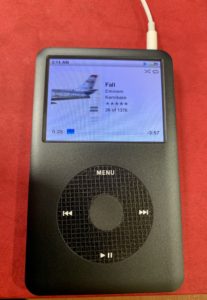My ThinkPad X220 is finally at a point where I can stop opening it up to perform upgrades.
I’m still amazed at how upgradeable this 12-year-old machine is. Other than the CPU that can’t be taken out of a socket, everything can be upgraded – the RAM, drives, keyboard, screen, trackpad, palm rest, fingerprint scanner, and even the ribbon cable that connects the trackpad to the motherboard can be replaced on its own.
You can’t replace the CPU, but you can swap in a new motherboard if it comes to that. Replacing the heat sink, or re-paste the chips are great options too.
Drive Upgrade
SSDs are cheap these days. Swapping in an SSD, even if it’s just 128GB, is the best investment in any older laptop.
And yes, this little business laptop can take two SSDs.
The 2.5-inch hard drive bay can take a SATA III speed SSD. In addition to that, there is a slot under the palm rest for an mSATA drive at SATA II speed.
Accessing the mSATA slot is a bit more difficult because you need to take out the keyboard and palm rest. To get to the 2.5-inch bay, all you gotta do is take out one Phillips-head screw. After that, just remove the cover and pull the drive out with a pull tab. The pull tab can be neatly tucked away when not needed.
RAM Upgrade
My X220 was pretty snappy when I purchased it for a bit less than $50. Windows 10 officially requires the processor to be 1GHz or faster. The 2.5GHz Intel Core i5-2520m processor with 2 cores and 4 threads is more than adequate for Windows 10.
The machine also came with 8GB of DDR3 RAM in the form of 2 4GB sticks.
8GB of RAM is more than enough, but since DDR3 RAM is so cheap, I got two 8GB sticks for around $15 and swapped them in. 16GB is certainly overkill, but I just could not help myself.
To upgrade the RAM, just undo two Phillips-head screws to take out the RAM cover on the back and you’ll have access to both RAM slots.
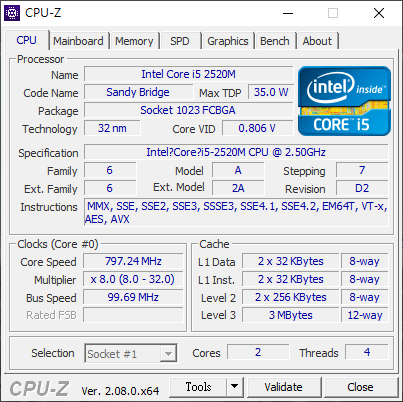
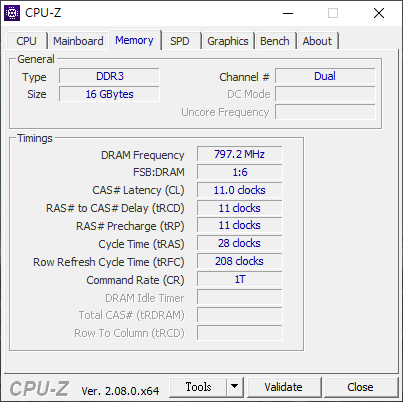
Windows 10 on ThinkPad X220
The operating system was on a 64GB Crucial mSATA SSD when I got the machine, and it also had a 500GB mechanical hard drive in the 2.5-inch bay. The mSATA SSD is only SATA II but Windows 10 ran happily on it.
Speaking of Windows 10, I did a clean OS install which is always a good idea for used laptops, right after giving it a proper wipe down.
The Windows 10 Pro key I got on Kinguin cost me about $25 and it activated my ThinkPad T410 beautifully – yes I’m rocking two ThinkPads.
The Windows 10 Enterprise key I got on another local platform was even cheaper and it was able to activate the ThinkPad X220 online. With that, I have this nice little compact 12-inch laptop to daily drive.
While this machine is not Windows 11 compatible, I’m pretty sure I can shoehorn Windows 11 in it when I have to.
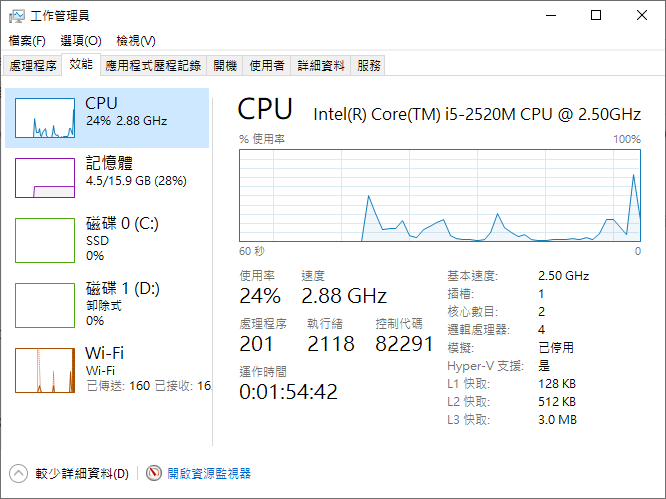
Battery, Power Supply, and Docking Station
The 9-cell battery that was included appears to be the original and lasts about an hour, so it’s pretty decent for an old battery – this machine was released more than 10 years ago in April 2011.
Being a laptop aimed at business use, the X220 can be docked to essentially work as a desktop in a business environment. Mine came with a docking station (model 4337) and the original 65W power supply. I had a 90W ThinkPad power supply lying around so that’s the one I’m going with for better performance as suggested here by McDonnell Tech.
The docking station is a port replicator and when the laptop is docked, I have access to 8 USB ports in total – needless to say, I feel spoiled. Dongle life wasn’t a thing yet 10 years ago.
The Legendary 7-Row ThinkPad Keyboard
Keyboard and Typing Experience
People who love old ThinkPads love them because of how capable they are of modern use. They also love them for the typing experience.
The X220 is the last of the X series to get the 7-row keyboard that ThinkPads are known for.
Compared to the more modern chiclet-style keyboards, typing on the X220 keyboard feels more substantial. The keyboard also has every key needed to run Windows, making it perfect for work and school.
The keyboard can be taken out easily. Just unscrew two Phillips-head screws on the back of the machine, push the keyboard up from the bottom to free the tabs that hold it to the palm rest, lift the keyboard, and undo the ribbon cable connector that connects the keyboard to the motherboard.
The keyboard can be purchased for pretty cheap online if you ever need to replace it. In my case, certain keys did not sound right and flexed a bit too much when I first got the machine, so I just bent the keyboard slightly where it did not sound right and used some tapes for padding.
ThinkLight
Keyboard backlight wasn’t that common when this machine was released. Like all ThinkPads back then, this little laptop has a ThinkLight built into the top edge of the screen. A key combo of Fn and PgUp turns on the light. These two keys are conveniently located at the bottom left and top right of the keyboard, making it easy to get to them in darkness. The tiny LED softly illuminates the keyboard for easier use in low-light conditions.
TrackPoint
Another reason ThinkPad enthusiasts love the keyboard is the TrackPoint.
The little red nub in the middle of the keyboard and the three buttons below the space bar help users use the cursor without their hands ever leaving the keyboard.
There is a trackpad built in as well. It was naturally my first choice when I got this machine. Coming from the glass trackpad found in my MacBook Pro, the tiny X220 trackpad wasn’t quite up to the mark. However, discovering that the trackpad had two-finger scrolling was a nice surprise.
The TrackPoint did sound easy to use from all the YouTube videos. However, I wasn’t sure I’d be able to use it with any efficiency. After all, I never really touched the thing much when I owned a ThinkPad E480.
I gave it a shot and was surprised that I got used to it in just a couple of days.
Conclusion
The ThinkPad X220 is nowhere near being the latest and greatest. However, for how cheap and upgradeable it is, and how well it runs Windows 10, it makes a great day-to-day laptop. The $50 to $80 it costs to get the machine and all the upgrades will be the best tech investment anyone can make.
One More Thing Because Why Not
Finally, even the fingerprint scanner works better than expected. It’s nothing like the Touch ID button found in Apple keyboards, but it’s pretty fast too.
Just drag your finger across the scanner and if the light on the left blinks green, it’s a pass. If the light on the right blinks red, that’s your sign to try again.
